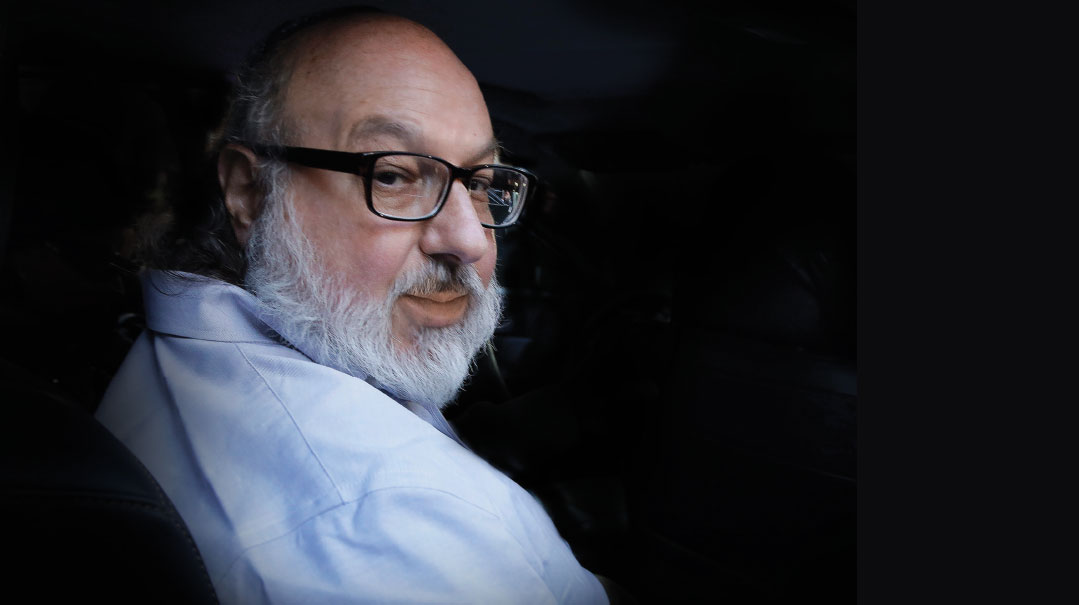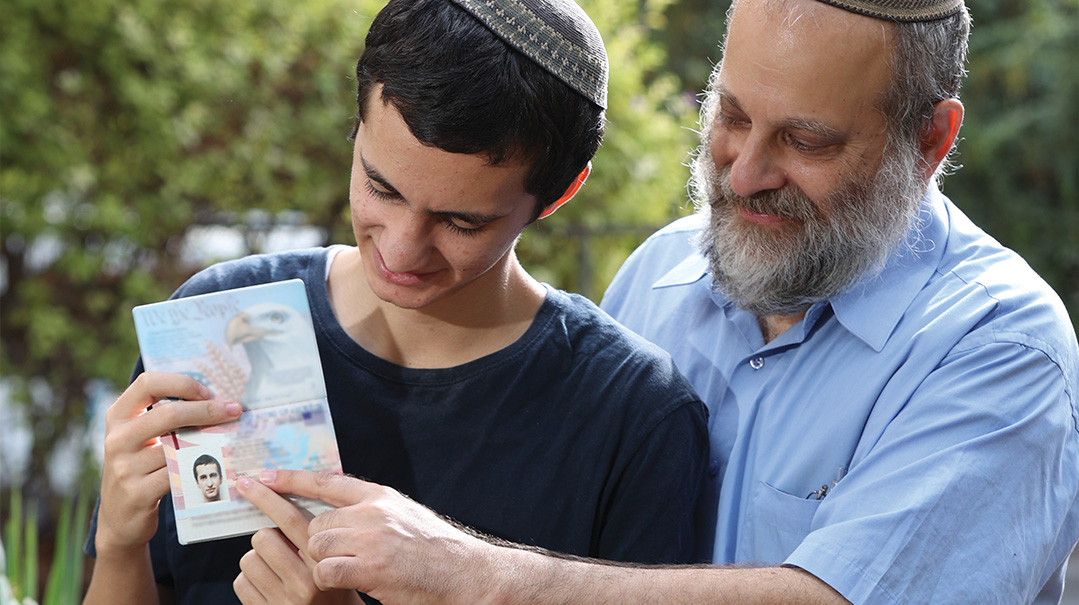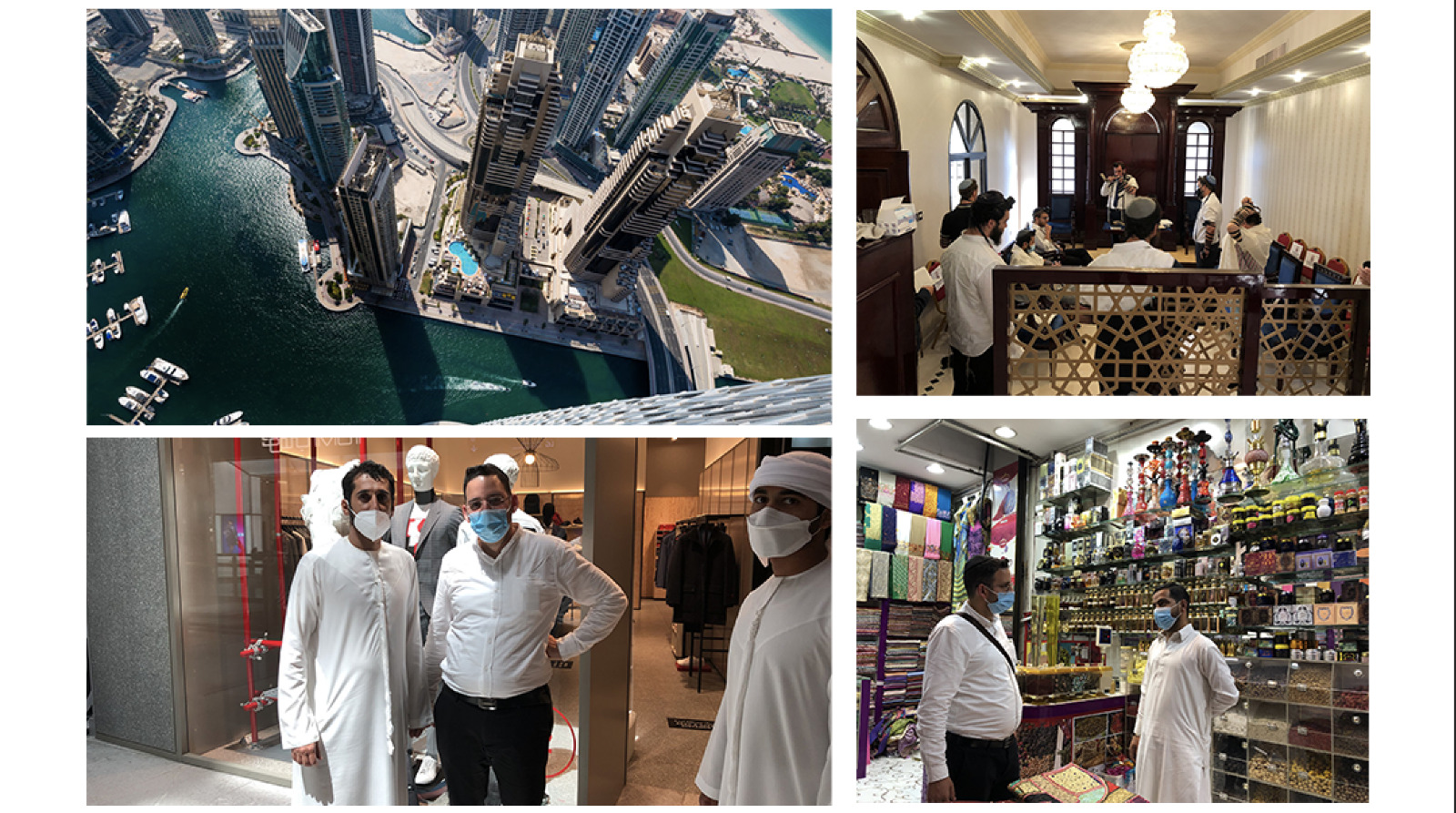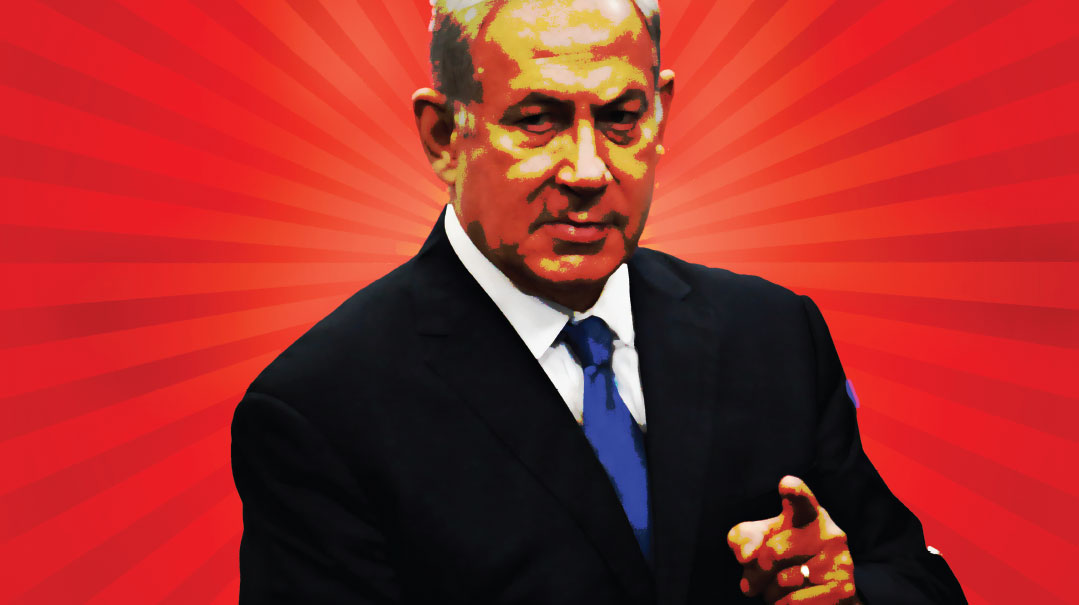Shifting ground

The faces and places behind Israel's annexation saga
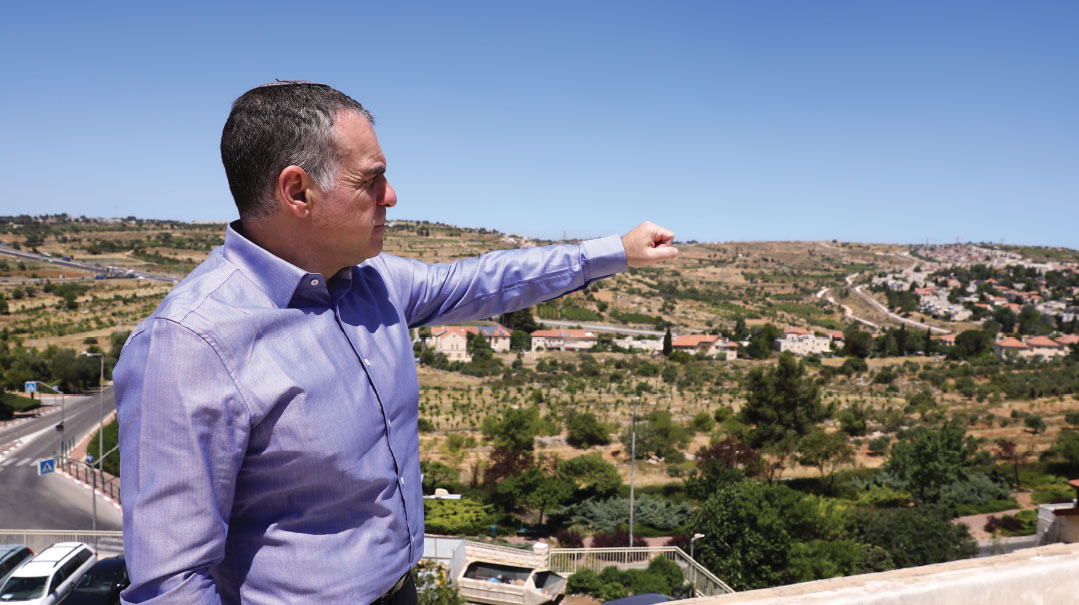
It’s two weeks before D-Day for the settlement movement — the July 1st date when Bibi Netanyahu may begin incorporating swathes of the West Bank into Israel proper following the Trump peace plan — and I’m winging my way at illegal speed across the dramatic olive-green-and-khaki hills of Gush Etzion.
Barbed wire, army watchtowers, and Palestinian license plates flash past when the distracted taxi driver drops a geopolitical bombshell.
“Annexation,” he says, swerving from the path of oncoming traffic, “What annexation?”
Coming from a stereotypically right-wing Israeli cabby, that simple question shows why the Trump plan is in trouble. With hundreds of thousands jobless, and a second coronavirus wave threatening, polls show that annexation, or “sipuach” as it’s known in Hebrew, is a distant concern for the country. Like most Israelis, the “Deal of the Century” simply hasn’t registered on the man’s radar.
Even stronger headwinds are blowing through the offices of the Yesha Council, the settlement umbrella organization where I’m headed. Five short months after they attended the historic unveiling of the Trump plan in the White House, the Yesha leaders’ euphoria has vanished.
Efrat and the chareidi city of Beitar Ilit are slated to be located inside Israel proper, as are Maaleh Adumim and Ariel. But according to the map released by the Trump administration, around 20 yishuvim, from Hermesh in the north to Otniel in the south, are destined to become enclaves deep inside a future Palestinian state.
Split over whether the deal is a historic opportunity or a disaster in the making, these leaders are totally in the dark about what will happen in just two weeks. Prime Minister Netanyahu has kept his cards glued to his chest. “We are all pieces on a giant chess board,” admits Oded Revivi, the mayor of Efrat and the Yesha Council’s foreign envoy. “You get moved around, and you don’t see the bigger picture.”
The unfolding drama contains many ironies. Bibi, whose political career began in opposition to Oslo, has come full circle to preside over its demise. With only one Jewish Home minister, Rabbi Rafi Peretz, in the coalition, the settlement community is without political power in the Knesset at a critical moment, while the chareidim, reluctant participants in the settlement enterprise, hold the balance of power.
As the countdown begins to what may be Israel’s biggest foreign policy move in decades, I set out to put my finger to the wind in Gush Etzion, a central plank of the settlement project in Yehudah and Shomron.
Will residents have to drive home through Palestinian checkpoints on access roads that the IDF no longer controls? Have the Americans reversed course since January? What does Bibi really want, and will Benny Gantz go along with him?
Leaders and locals express hope, cynicism, enthusiasm, and indifference. But from the conference rooms of Yesha to the windswept hilltops of remote outposts, there are more questions than answers.
The Best Opportunity
“You know what the Gemara says about prophecy being given to fools?” asks Efrat mayor Oded Revivi. “If we’d spoken just a few days ago, I could have told you what I thought is going to happen on July 1st. But now things have happened that show we don’t know the full picture, and I’m not a prophet.”
Revivi’s forecasting abilities have been knocked off-kilter by an op-ed in Yedioth Ahronoth by a senior Arab ambassador warning of consequences for warming Israel-Gulf ties if annexation proceeds, and a series of revelations about the direction of the Trump plan.
“When we flew to D.C. on 48 hours’ notice for the peace plan unveiling, there was an understanding that something big is happening. Bibi anticipated that we would be able to apply Israeli law within 48 hours, and that the Americans were giving a blank check for annexation as long as Bibi and Gantz were on the same page.”
“That,” continues Revivi, “is what I understood until last week. Today I’m not certain if the US knows what it wants.”
Oops! We could not locate your form.






